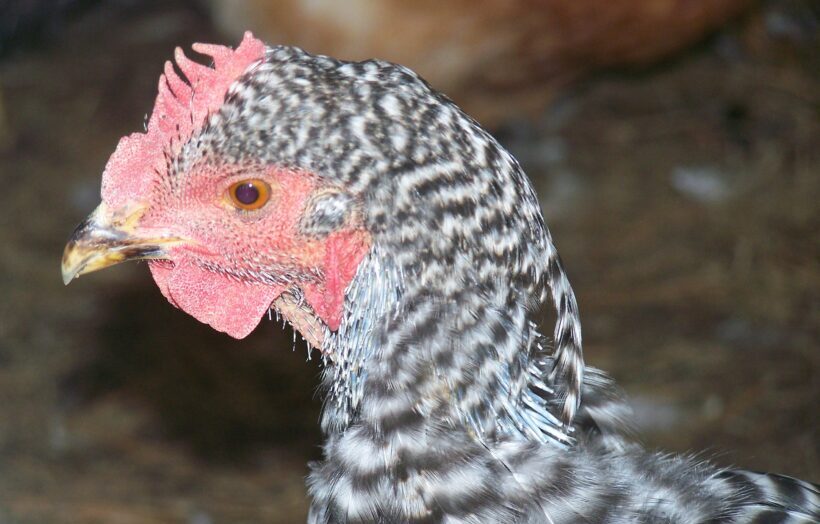How to Prepare Your Flock for Molt

Ready or not, molt is coming…the dropping feathers, the lessening egg production, the embarrassment of a flock who’s in a full blown molt. We know that molt is a natural process, but what, if anything can you do to help your birds get ready to go through the annual loss and regrowth of their feathers? Can you help them prepare and get through the process faster or more easily? It turns out you can – here’s how:
- Start now. If you do not use supplemental light in your winter coop and your hens are 18 months or older, chances are good that one or all of your hens will experience molt in the coming months. Preparing for this transition now will help you stay ahead of the curve.
- Feed appropriately. Now is the time to dial up the protein and cut back on the treats. A higher level of protein is required in birds who are molting so that they can replace those protein-rich feathers. Treats like scratch and straight grains dilute protein content and should be avoided, or fed at no more than 10% of the birds’ total diet. NatureWise® Feather Fixer from Nutrena®is a feed designed specifically to help your birds get through molt quicker. It has elevated levels of protein as well as a mix of vitamins, minerals and amino acids that help maintain healthy skin and develop strong and beautiful new feathers. Start to feed Feather Fixer at least 30 days in advance of anticipated molting for maximum benefit to your birds.
- Clean the coop thoroughly. This is a great time to get you coop and run prepared for winter by giving everything a thorough cleaning and disinfection. Include nest boxes, perches and cracks and crevices in your cleaning plan. Having your facility as clean as possible will help reduce the bacteria and chance of infection for birds with bare skin due to molt.
- Check for creepy crawly critters. Because molting affects your birds’ feathers, it is important to make sure that molt is the only challenge that is presented for feather regrowth. Parasites like mites and lice will affect feather quality and will be an added stress on birds who are molting. Examine your flock and their housing for any parasites and treat accordingly, repeating treatment as necessary.
- Monitor aggressive flock mates. If you have a flock member that has had a history of being a bully or acting in an aggressive manner, you may want to take this opportunity to decide whether or not the bird should be kept in the flock or not. Tender, exposed skin and blood filled pin feathers can become prime targets for aggressive birds.
- Alert the neighbors. If you are in the habit of giving away or selling your eggs to neighbors, friends and family, you may want to alert them as soon as you see the drop in egg production that usually goes along with molt. They’ll appreciate being given a heads up that they’ll need to source their eggs elsewhere for a while.
